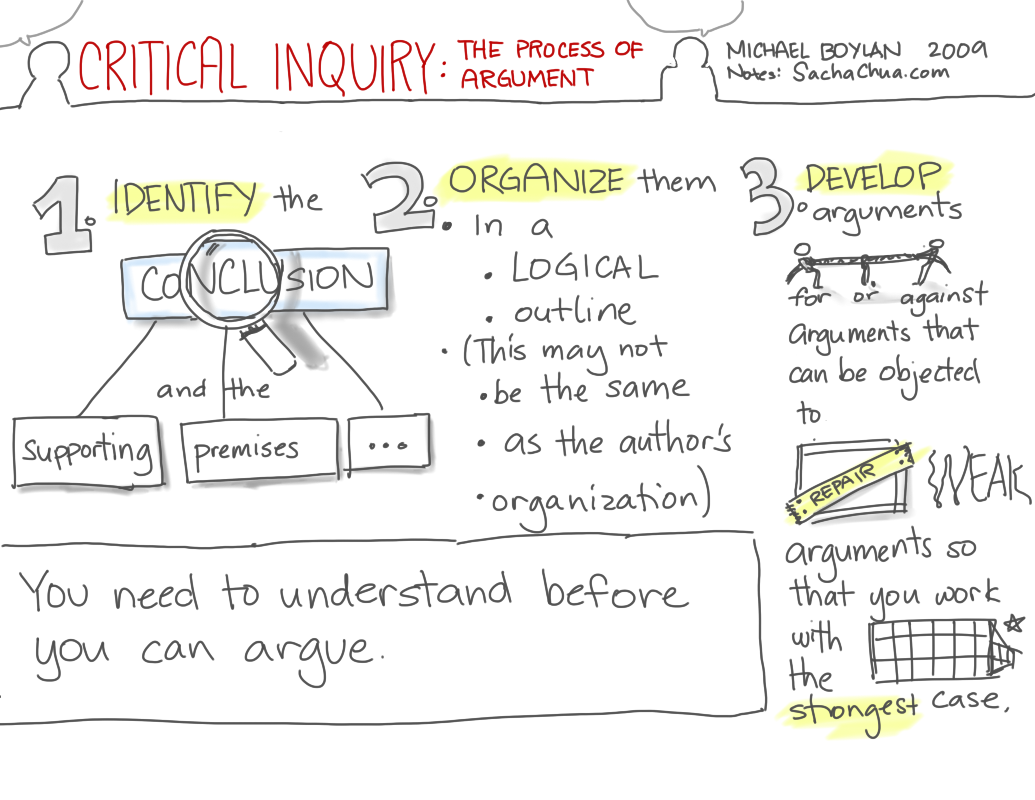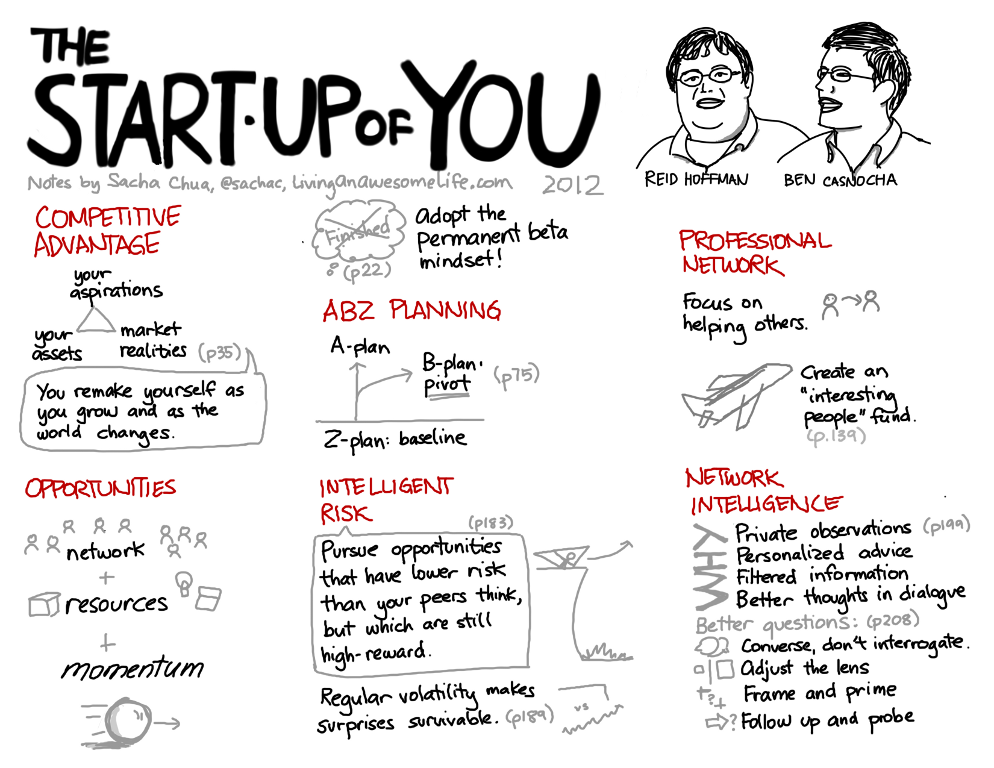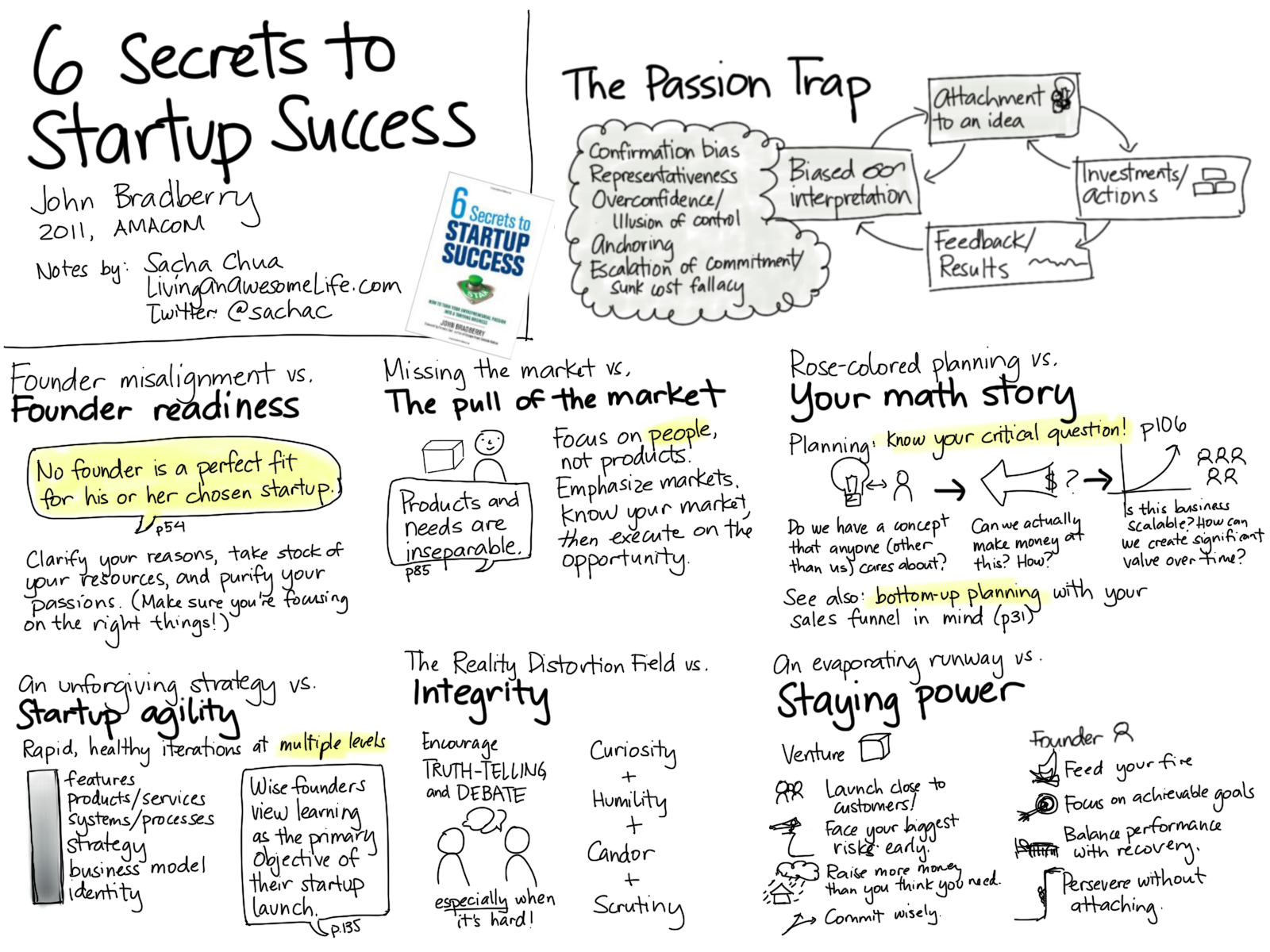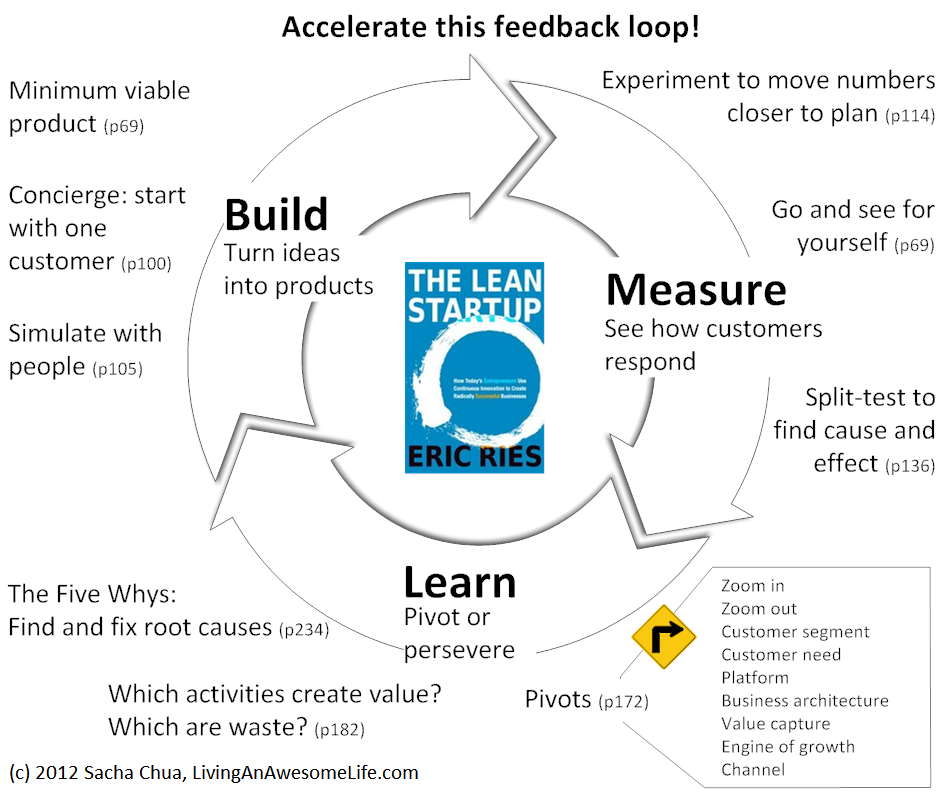J- brought home her report card this week. She did well in so many subjects that it’s hard to pick which strength to build on first. Her mathematics study group sessions and science projects paid off, as did her personal interest in music.
To celebrate her work, W- and I made a colourful card. She likes making greeting cards for us, and it was fun making one for her.
It’s important to acknowledge good work. One time, W- was reviewing J-‘s answers to the math exercises he gave her. “Very good,” he said. He crumpled the finished piece of paper.
I plucked it from his hands and smoothened it out. “Ahem,” I said meaningfully.
“Oops. I tossed the other one already,” confessed W-. I retrieved the previous paper from the recycling bin and uncrumpled it. W- made a point of scoring both papers and adding smileys. J- beamed.
Ah, behavioural psychology at home. You can influence people’s motivation by acknowledging or devaluing their work. In The Upside of Irrationality: The Unexpected Benefits of Defying Logic at Work and at Home (Dan Areily, 2010), I read about experiments that explored how motivated people were if they thought their results were meaningless. As it turns out, people are strongly affected by the immediate perception of the usefulness of their work.
In a task involving assembling Lego figures, participants who completed figures and put them into a box did more and enjoyed the task more than participants whose figures were disassembled right after they finished completing them. Another experiment described in the book involved finding pairs of letters on pages, a small payment scheme that stopped at the 10th sheet, and three scenarios where:
- people wrote their names on the papers they completed, and they were positively acknowledged by the experimentr
- people completed and submitted papers with no names and without acknowledgement
- people submitted papers that were then shredded, unread, right in front of them
49% of the people who were acknowledged went on to complete ten sheets or more, while only 17% of the people whose work was immediately shredded completed 10 or more. Only 18% of the people whose work was ignored completed ten sheets or more.
Verbal acknowledgment of good work is good, but could it be at odds with the physical message of tossing the paper into the recycling bin? Best to be coherent. So the paper is celebrated, labeled, and put into a folder.
W- reminds me of this principle too, when I forget. On the way home from work one day, I brought up how he spent some time selecting and copying items from the workbook onto a piece of paper for J-‘s exercises. “Should we get a workbook without explanations, so J- can test herself?” I asked W-.
“No, it’s okay. Besides, it shows her that I value this,” W- said. “If I give her a workbook so that I can do something else, it’s not the same.”
We invest learning with meaning and value, and that helps.





